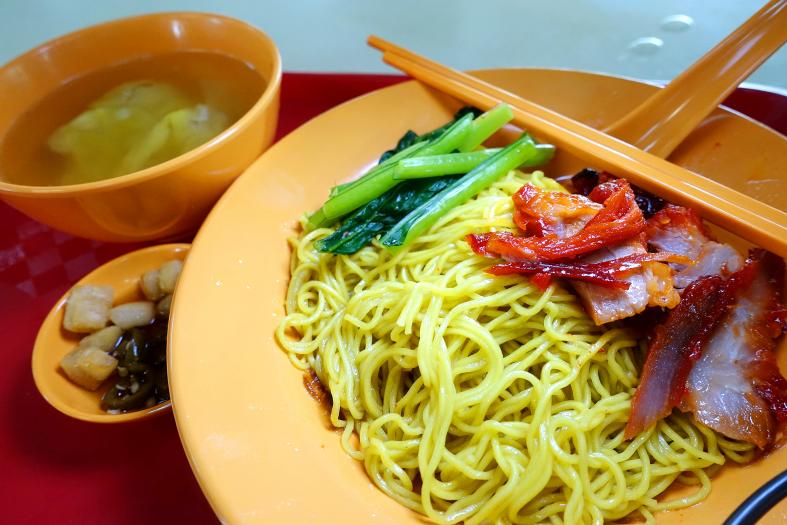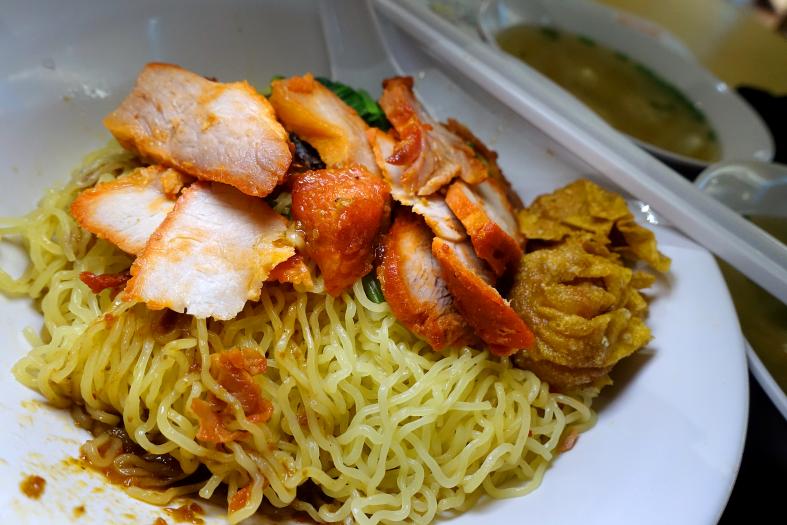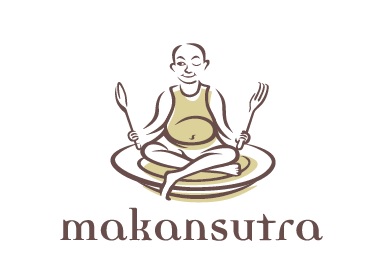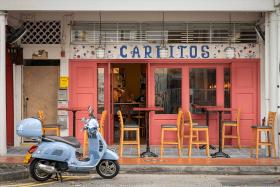Makansutra: Hot for chilli wanton noodles
Wanton noodles fans, declare your allegiance: Do you like the dish with sweet sambal or fiery hot chilli?
Not one, but two types of wanton mee are on my radar today, which means double the joy.
I have been fortunate to have tried the noodle dish from almost all corners of the world, including China, Hong Kong, Malaysia, Indonesia, Thailand, Vietnam, the Philippines, the United States and Canada, in addition to, of course, our home-grown ones.
I am no food chauvinist - I appreciate all the different versions for being steeped in their food culture nuances.
For example, in Malaysia, the rule is to use the kicap pekat or thick caramelised soy sauce.
Hong Kong hardly offers the dry version and in Thailand, chilli flakes are the main draw (something purists would find blasphemous).
Here are two local versions with two schools of thought: One offers your classic sweet sambal chilli rendition, while the other just wants to knock you out with its impossibly spicy chilli sauce.
CHILLI KING WANTON MEE

Block 1015, Geylang East Central
Guan Guan Kopitiam
6am to 4pm
Closed on Sundays
This humble little stall in a kopitiam by an industrial estate has a sense of humour and knows exactly how to please its customers who determine the quality of wanton noodles by its chilli sauce. For consistency, a timer is used while blanching the noodles.
The signboard lists five levels of spiciness, with Level 5 being Xiang Teh Hiam, the equivalent of ridiculously spicy.
The noodles are softly springy, and the wantons are nothing to shout about, but the dish is sweeter than usual, to calm the heat I suppose.
To be honest, I think many people will be content with the homemade chilli sauce.
I tried the normal spicy version, and it was way above the average spicy level.
So go ahead heroes, order the Xiang Teh Hiam if you can take the heat.
TANJONG RHU WANTON NOODLE

Block 22, Toa Payoh Lorong 7, #01-49
7.30am to 2.30pm
Closed on Tuesdays
It attracted long queues when it was in Tanjong Rhu a few years back.
Since relocating, the lines are still a daily occurrence - and quite justified too.
The noodles are blanched, good old-fashioned style, in hot soup then in cold water to accentuate the springy texture - or what the Instagram generation calls "QQ".
The char siew is the dark pinkish type, quite chunky and not too sweet, while the sweet-ish sambal chilli has bite.
The star is the dumplings, both the crowd-pleasing fried wanton and the sui kow.
Hand-chopped meat with bits of fat and cartilage is used for the wanton and the bite-feel is distinct.
Its ultra-fat sui kow is both a sight and a bite to enjoy.
The same hand-chopped meat sits with chunky, crunchy little prawns to create an orchestra in the mouth.

K.F. Seetoh, the founder of Makansutra, dabbles in street food businesses like Food Markets and has his own TV shows on cable. He publishes food guides and online content. He is also the creator of the World Street Food Congress. Follow him on Facebook, Twitter and Instagram.
Get The New Paper on your phone with the free TNP app. Download from the Apple App Store or Google Play Store now



